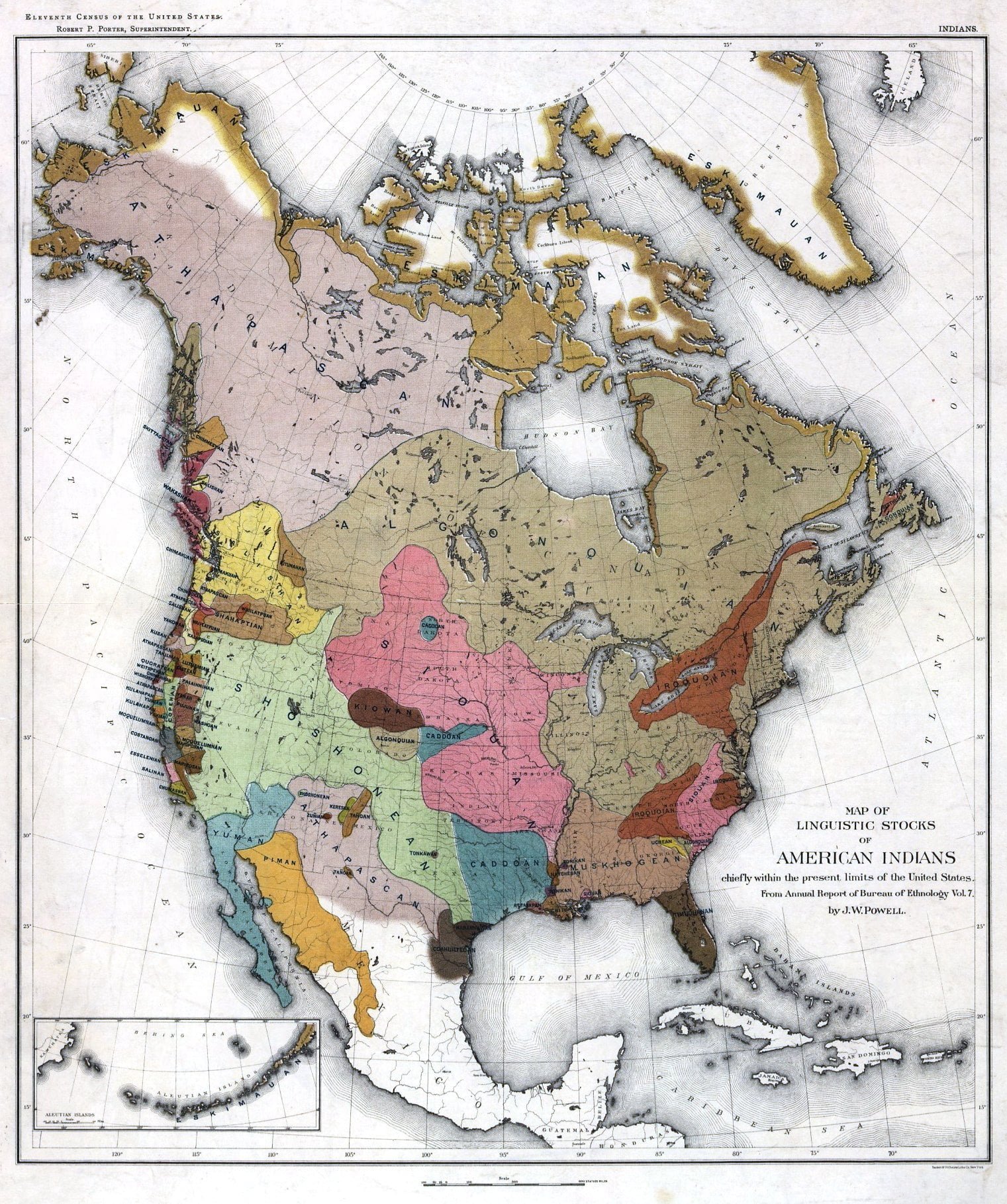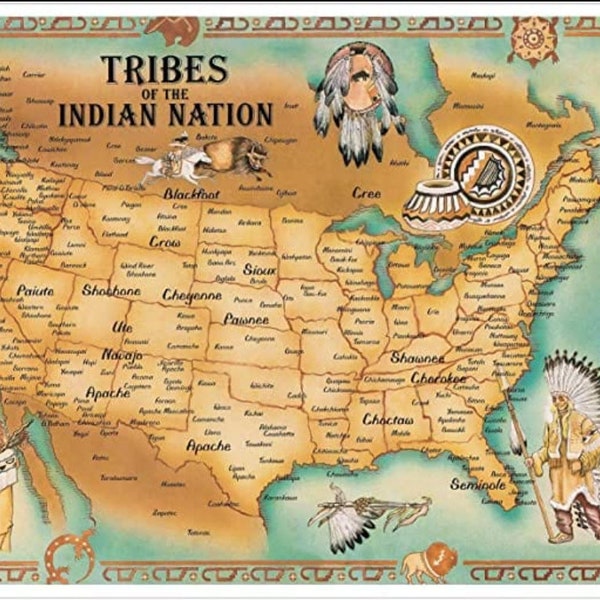Unmasking the Tapestry: A Journey Through the Native Tribes of North America
Unmasking the Tapestry: A Journey Through the Native Tribes of North America

The vast expanse of North America, from the icy Arctic to the sun-drenched deserts, is a land teeming with diverse cultures, languages, and traditions. For millennia, Indigenous peoples have thrived in this landscape, crafting intricate connections with the land and shaping a rich tapestry of history and heritage. Today, we embark on a journey through the vibrant mosaic of Native American tribes, exploring their unique identities and the enduring legacies they carry.
A Land of Many Nations:
Related Articles: Unmasking the Tapestry: A Journey Through the Native Tribes of North America
- Unveiling the Sacred Traditions: Native American Death Rituals of the North
- Uncover the Enchanting Past: Journey to the Lumber Baron’s Historic Pousada
- Discover the Linguistic Tapestry of Chihuahua, Mexico
- Roaring Legends: Unveiling the Native American Bear’s Spirituality
- Unlocking the Enigmatic Charisma: Elk Man Meaning Decoded
The term "Native American" encompasses a vast array of distinct tribal nations, each with its own unique language, customs, and ancestral ties to the land. From the towering peaks of the Rocky Mountains to the lush forests of the East Coast, each region boasts its own vibrant cultural tapestry. Understanding this diversity is crucial to appreciating the true richness of Native American history and culture.
Mapping the Nations:
To truly grasp the complexity of Native American tribes, we must look beyond generalizations and delve into the specific identities of each nation. This requires a map, not just of geographical boundaries, but also of cultural connections, historical migrations, and the enduring spirit of resilience that has defined these peoples for centuries.
The Eastern Woodlands:
The Eastern Woodlands, stretching from the Atlantic coast to the Mississippi River, witnessed the rise of powerful empires like the Iroquois Confederacy and the Cherokee Nation. These tribes thrived on agriculture, hunting, and fishing, developing complex social structures and intricate trade networks. The Iroquois Confederacy, with its powerful political system, played a significant role in shaping the political landscape of the region, while the Cherokee, known for their sophisticated syllabary, left an indelible mark on language and literacy.
The Great Plains:
The vast expanse of the Great Plains, home to the nomadic tribes of the Lakota, Cheyenne, and Comanche, was a land of boundless horizons and fierce independence. These tribes, renowned for their equestrian skills and buffalo hunting prowess, developed unique cultural practices and social structures adapted to the harsh realities of the plains. The Lakota, known for their intricate beadwork and powerful spiritual ceremonies, left a lasting legacy on American art and culture, while the Cheyenne, with their intricate warfare tactics and communal living, exemplified the resilience of the plains tribes.
The Southwest:

The arid landscapes of the Southwest, home to the Pueblo peoples, Navajo, and Apache, presented a unique set of challenges and opportunities. The Pueblo peoples, renowned for their intricate pottery and adobe architecture, developed sophisticated agricultural techniques and complex social structures. The Navajo, known for their intricate weaving and storytelling traditions, created a vibrant cultural heritage intertwined with the land. The Apache, known for their fierce independence and skilled warriors, fought bravely against encroaching settlers, leaving a legacy of resistance and resilience.
The Northwest Coast:
The lush forests and abundant waterways of the Northwest Coast nurtured a unique cultural tapestry, home to the Haida, Tlingit, and Chinook peoples. These tribes, renowned for their impressive totem poles, intricate woodcarving, and elaborate potlatch ceremonies, developed a rich cultural tradition rooted in respect for the natural world. The Haida, known for their intricate art and powerful mythology, left a lasting legacy on Northwest Coast art, while the Tlingit, with their elaborate clan system and rich traditions of storytelling, exemplified the interconnectedness of culture and community.
The Arctic:
The harsh but beautiful landscapes of the Arctic, home to the Inuit, Yupik, and Inupiat peoples, demanded exceptional resilience and ingenuity. These tribes, known for their skillful hunting and fishing techniques, adapted to the unforgiving environment, developing unique cultural practices and traditions. The Inuit, renowned for their intricate carvings, powerful storytelling, and sophisticated knowledge of the Arctic environment, left an indelible mark on Arctic culture. The Yupik and Inupiat, with their rich traditions of storytelling, music, and dance, showcased the vibrancy of Arctic culture.

Beyond the Map:
While maps provide a valuable framework for understanding the diversity of Native American tribes, it is important to remember that these are living cultures, constantly evolving and adapting. The stories of these tribes, their struggles, triumphs, and enduring spirit, continue to shape the narrative of North America.
The Legacy of Resilience:
Despite centuries of colonization, displacement, and cultural suppression, Native American tribes have persevered, maintaining their languages, traditions, and connection to the land. Today, they are actively working to reclaim their cultural heritage, revitalize their languages, and advocate for their rights and self-determination.
The Future of Indigenous Peoples:

The future of Native American tribes is bright, fueled by a renewed sense of cultural pride, a commitment to self-determination, and a growing awareness of their contributions to American society. As we move forward, it is essential to listen to their voices, respect their traditions, and support their efforts to preserve their cultural heritage.
FAQ about Native Tribes of North America Mapped:
1. How many Native American tribes are there in North America?
There are hundreds of federally recognized tribes in the United States and Canada, each with its own unique language, culture, and history. The exact number can vary depending on how "tribe" is defined, as there are also many unrecognized or state-recognized tribes.
2. What is the difference between a tribe and a nation?
The terms "tribe" and "nation" are often used interchangeably, but there are subtle differences. "Tribe" is a broader term that can refer to any group of people with shared cultural traditions and ancestry. "Nation" typically refers to a sovereign political entity, often with its own territory, government, and legal system. Many Native American tribes consider themselves nations, emphasizing their self-determination and sovereignty.
3. What is the significance of the map in understanding Native American tribes?
The map is a powerful tool for understanding the diversity and complexity of Native American tribes. It allows us to visualize their geographical locations, historical migrations, and cultural connections. This helps us move beyond generalizations and appreciate the specific identities and histories of each nation.
4. How can I learn more about specific Native American tribes?
There are many resources available to learn more about specific Native American tribes. You can visit tribal websites, museums, and cultural centers, read books and articles by Indigenous authors, and attend cultural events. It is important to approach learning about Native American tribes with respect and sensitivity, recognizing the diversity of their cultures and experiences.
5. What can I do to support Native American tribes?
There are many ways to support Native American tribes. You can learn about their history and culture, advocate for their rights and self-determination, support Indigenous businesses and artists, and donate to organizations working to preserve their cultural heritage. By engaging with Native American communities and supporting their efforts, we can contribute to a more just and equitable society.
Conclusion:
The tapestry of Native American tribes in North America is a vibrant testament to the enduring power of culture, resilience, and connection to the land. By understanding the diversity of their histories, languages, and traditions, we can gain a deeper appreciation for the richness and complexity of North American history and culture. Let us honor their legacy by listening to their voices, supporting their efforts, and working together to create a future where their cultures can thrive.

Closure
Thus, we hope this article has provided valuable insights into Unmasking the Tapestry: A Journey Through the Native Tribes of North America. We thank you for taking the time to read this article. See you in our next article!